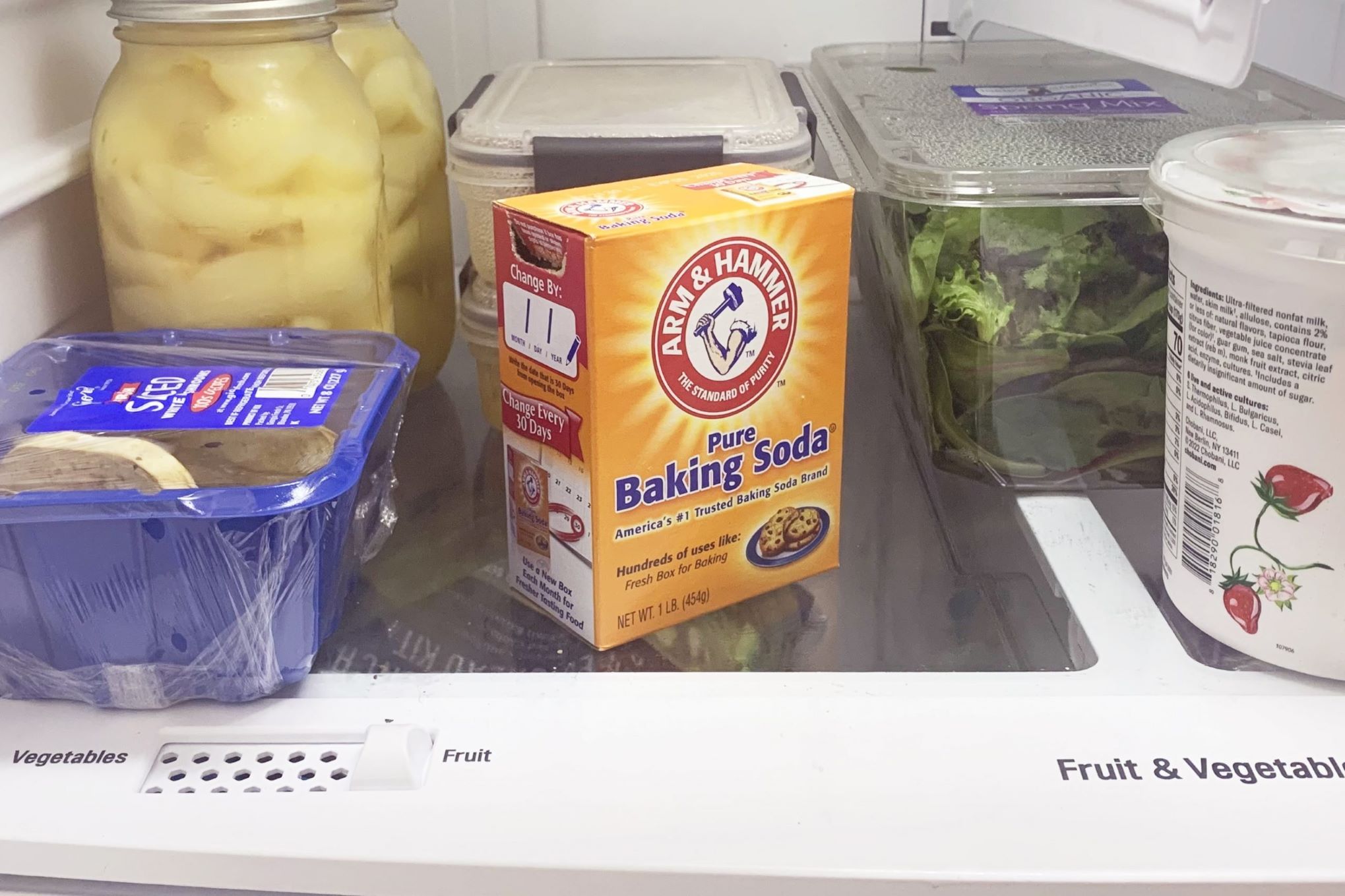

Articles
How To Store Opened Baking Soda
Modified: February 22, 2024
Learn the best methods for storing opened baking soda to keep it fresh and effective in your articles on baking and cooking.
(Many of the links in this article redirect to a specific reviewed product. Your purchase of these products through affiliate links helps to generate commission for Storables.com, at no extra cost. Learn more)
Introduction
Baking soda is a versatile ingredient that is commonly used in cooking, cleaning, and even personal care. Its ability to act as a leavening agent in baking, as well as a natural cleaner and deodorizer, makes it a staple in many households. However, once a box of baking soda is opened, it is important to store it properly to maintain its freshness and effectiveness. In this article, we will explore the importance of proper storage for opened baking soda, factors affecting its shelf life, recommended storage containers, a step-by-step guide on storing it, additional tips to extend its shelf life, and answer some frequently asked questions.
Key Takeaways:
- Properly storing opened baking soda is crucial for maintaining its freshness, effectiveness, and longevity. By using airtight containers and following additional tips, you can maximize its shelf life and enjoy its benefits for an extended period.
- Avoiding exposure to air, moisture, and strong odors, and using proper storage containers and techniques can help extend the shelf life of opened baking soda. By following these guidelines, you can ensure that your baking soda remains fresh, effective, and ready for use whenever you need it.
Read more: How To Store Baking Soda After Opening
Importance of Proper Storage
Properly storing opened baking soda is crucial to ensure its longevity and maintain its effectiveness. When exposed to air and moisture, baking soda can lose its potency, leading to a decrease in its leavening power and cleaning abilities. By storing it correctly, you can extend its shelf life and continue to enjoy its benefits for a longer period.
Another reason why proper storage is important is to prevent contamination. Baking soda has the potential to absorb odors and flavors from its surroundings, which can affect the taste of your baked goods or the effectiveness of the baking soda as a cleaning agent. By storing it in a proper container, you can minimize the risk of cross-contamination and ensure that your baking soda remains pure and uncontaminated.
Additionally, proper storage is essential for maintaining the texture and consistency of opened baking soda. When exposed to moisture, baking soda can clump and harden, making it difficult to measure and mix into recipes. By storing it in a dry environment, you can prevent clumping and ensure that your baking soda remains free-flowing and easy to use.
Lastly, proper storage is cost-effective. By prolonging the shelf life of opened baking soda, you can avoid the need to frequently replace it, saving you money in the long run. With the right storage methods, you can make the most out of your baking soda purchase and ensure its freshness and effectiveness until the very last scoop.
Factors Affecting the Shelf Life of Opened Baking Soda
Several factors can influence the shelf life of opened baking soda. Understanding these factors can help you determine how to store your baking soda properly and maximize its longevity.
1. Exposure to Air: Baking soda is sensitive to air, and prolonged exposure can cause it to lose its effectiveness. When exposed to air, baking soda can absorb moisture, which can lead to clumping and a decrease in its leavening power. It is essential to minimize air exposure by sealing the container tightly after each use and avoiding leaving the lid off for an extended period.
2. Moisture: Moisture is a primary culprit in shortening the shelf life of baking soda. When baking soda comes into contact with moisture, it can absorb water molecules, leading to clumping and a loss of its properties. It is crucial to store baking soda in a dry environment, away from sources of humidity, such as the dishwasher or refrigerator.
3. Temperature: Extreme temperatures can affect the stability of baking soda. High temperatures can cause the baking soda to react and release carbon dioxide prematurely, reducing its effectiveness as a leavening agent. On the other hand, low temperatures can make baking soda susceptible to absorbing moisture, leading to clumping. It is best to store baking soda in a cool, dry place away from direct heat sources.
4. Contamination: Baking soda has the ability to absorb odors and flavors from its surroundings. If stored in a container with strong-smelling substances, such as spices or cleaning chemicals, the baking soda can take on these odors, affecting the taste of your baked goods or the outcome of cleaning tasks. To prevent contamination, it is advisable to store baking soda in a separate, airtight container.
By taking these factors into consideration and implementing the appropriate storage methods, you can extend the shelf life of your opened baking soda and ensure that it remains fresh and effective for a longer period.
Recommended Storage Containers
Choosing the right storage container is essential for protecting your opened baking soda from air, moisture, and contamination. Here are some recommended containers to consider:
- Airtight Plastic or Glass Containers: Airtight containers are the most effective in keeping baking soda fresh and free from moisture and air. Plastic or glass containers with a secure lid or seal are ideal for this purpose. Make sure the container is clean and dry before transferring your baking soda into it.
- Mason Jars: Mason jars are a popular choice for storing baking soda. They are made from glass, which is non-reactive and can help preserve the freshness and properties of the baking soda. Choose a jar with an airtight lid to ensure optimal storage conditions.
- Resealable Plastic Bags: If you don’t have access to airtight containers, resealable plastic bags can also be used to store baking soda. Squeeze out as much air as possible before sealing the bag to minimize its exposure to air. Double-bagging can provide an extra layer of protection against moisture and odors.
- Original Packaging: If the original packaging of the baking soda is still intact, it can be an acceptable option for storage. However, it is important to ensure that the packaging is tightly sealed after each use to prevent air and moisture from entering.
Regardless of the container you choose, remember to label it clearly as “Baking Soda” to avoid confusion with other substances. Store the container in a cool, dry place away from direct sunlight, heat sources, and areas with high humidity.
By using the proper storage container, you can safeguard your opened baking soda and maintain its freshness and effectiveness for an extended period.
Store opened baking soda in an airtight container to prevent it from absorbing any odors or moisture from the environment. Keep it in a cool, dry place, away from direct sunlight.
Step-by-Step Guide on Storing Opened Baking Soda
To ensure the longevity and effectiveness of your opened baking soda, follow these step-by-step guidelines for proper storage:
- Transfer the baking soda: If the baking soda is still in its original packaging, consider transferring it to an airtight container. This will provide better protection against air, moisture, and odors.
- Clean and dry the storage container: If you are using a different container, make sure it is clean and completely dry before pouring in the baking soda. Any moisture in the container can lead to clumping and decrease the shelf life of the baking soda.
- Pour the baking soda into the container: Carefully pour the baking soda into the container, taking care to avoid spills. You can use a funnel or a folded piece of paper to make the process easier and cleaner.
- Seal the container tightly: Ensure that the container is sealed tightly to prevent air, moisture, and odors from entering. Check that the lid or seal is secure and properly closed. This will help maintain the freshness and effectiveness of the baking soda.
- Label the container: Clearly label the container as “Baking Soda” to avoid any confusion with other substances. This step is especially important if you are using a repurposed container or one that may be similar to other items in your pantry.
- Store in a suitable location: Find a cool, dry place to store your container of baking soda. Avoid areas with high humidity or direct exposure to sunlight or heat sources. The ideal storage temperature should be around room temperature.
By following these steps, you can ensure that your opened baking soda is stored in an optimal environment, prolonging its shelf life and retaining its effectiveness for a longer period.
Read more: How To Store Baking Soda
Additional Tips to Extend Shelf Life
In addition to proper storage containers and techniques, there are some additional tips you can follow to further extend the shelf life of your opened baking soda:
- Avoid using wet utensils: When measuring or scooping out baking soda, ensure that the utensils are dry. Wet utensils can introduce moisture into the baking soda, causing it to clump and lose its effectiveness.
- Keep moisture-absorbing packets: Place moisture-absorbing packets, such as silica gel or rice, inside the container of baking soda. These packets can help adsorb excess moisture, keeping the baking soda dry and free-flowing.
- Store away from strong odors: Baking soda can easily absorb odors from its surroundings. Keep it away from strong-smelling substances like spices, cleaning agents, or other strong odors. This will prevent cross-contamination and preserve the freshness of the baking soda.
- Check for freshness: Over time, baking soda can lose its potency and effectiveness. To ensure that your baking soda is still active, perform a freshness test occasionally. Mix a small amount of baking soda with vinegar or lemon juice – if it fizzes vigorously, it is still fresh and active.
- Use proper measuring techniques: Accurate measuring of baking soda can prevent waste and ensure consistency in your recipes. Use proper measuring spoons or a kitchen scale to measure the exact amount required.
- Avoid contaminating the container: When using baking soda, avoid directly placing dirty utensils or hands into the container. This can introduce contaminants and moisture, shortening the shelf life of the baking soda. Instead, pour out the required amount onto a clean surface or into a small dish before use.
- Replace when necessary: Like any other food ingredient, baking soda has a finite shelf life. While proper storage and handling can extend its longevity, it is still important to periodically check for signs of spoilage or degradation. If you notice any unusual odor, discoloration, or clumping, it’s best to replace the baking soda with a fresh box.
By following these additional tips, you can ensure that your opened baking soda remains fresh, effective, and ready for use whenever you need it.
Frequently Asked Questions (FAQs)
Q: Does baking soda expire?
A: Baking soda does not technically expire, but its effectiveness may decrease over time. Proper storage and handling can help prolong its shelf life and maintain its potency.
Q: Can I store baking soda in the refrigerator?
A: While you can store baking soda in the refrigerator, it is not necessary. Baking soda is most effective in dry environments, and the humidity in the refrigerator can cause it to clump and lose its properties. It’s best to store it in a cool, dry place outside of the refrigerator.
Q: Can I reuse baking soda from an opened box past its expiration date?
A: It is generally recommended to replace baking soda once it has passed its expiration date. Over time, the effectiveness of baking soda can decrease, and it may not yield the desired results in your recipes or cleaning tasks.
Q: Can I store baking soda with other pantry ingredients?
A: It is best to store baking soda separately from other pantry ingredients, especially strong-smelling substances like spices or cleaning agents. Baking soda has a tendency to absorb odors, which can affect the quality and taste of your baked goods or the outcome of cleaning tasks.
Q: How do I know if my opened baking soda is still usable?
A: To test the freshness of your baking soda, you can mix a small amount with vinegar or lemon juice. If it fizzes vigorously, it is still active and usable.
Q: Can I store baking soda in its original box after opening?
A: While it is possible to store baking soda in its original box after opening, it is advisable to transfer it to an airtight container to minimize exposure to air and moisture. A tightly sealed container will help maintain its freshness and effectiveness for a longer period.
Q: How long can I store opened baking soda?
A: With proper storage and handling, opened baking soda can be stored for up to 6 months to a year. However, it is best to perform a freshness test occasionally to ensure it is still active and effective.
Q: Can I use baking soda that has clumped?
A: If your baking soda has clumped, it is an indication of moisture exposure. It is best to discard clumped baking soda as it may not provide the desired results in baking or cleaning tasks.
Q: Can I use baking powder instead of baking soda?
A: Baking powder is not a direct substitute for baking soda as they have different chemical properties. However, if your recipe calls for baking soda and you only have baking powder, you can make a substitution by using three times the amount of baking powder.
These are some common questions related to storing opened baking soda. If you have any specific queries or concerns, it is always best to refer to the manufacturer’s guidelines or seek professional advice.
Conclusion
Properly storing opened baking soda is essential for maintaining its freshness, effectiveness, and longevity. By considering factors such as exposure to air, moisture, temperature, and contamination, you can extend the shelf life of your baking soda and continue to enjoy its benefits.
Using airtight containers, such as plastic or glass containers with secure lids, or mason jars, can provide optimal protection against air, moisture, and odors. Avoid storing baking soda in the refrigerator, as the humidity can cause clumping and diminish its properties. Keep baking soda away from strong odors and store it in a cool, dry place.
Additional tips such as using dry utensils, keeping moisture-absorbing packets, and proper measuring techniques can further extend the shelf life of baking soda. Regularly check for freshness and replace baking soda that has expired or shows signs of spoilage.
By following these guidelines, you can maximize the potential of your opened baking soda and ensure that it remains fresh and effective for an extended period. This will not only save you money but also allow you to enjoy the full benefits of baking soda in your cooking, cleaning, and personal care routines.
Remember, proper storage is key to preserving the quality and potency of opened baking soda. So, make sure to store it in the right container, in the right environment, and handle it with care. With these practices, you can confidently use and rely on your baking soda to achieve the desired results in your culinary creations and household tasks.
Frequently Asked Questions about How To Store Opened Baking Soda
Was this page helpful?
At Storables.com, we guarantee accurate and reliable information. Our content, validated by Expert Board Contributors, is crafted following stringent Editorial Policies. We're committed to providing you with well-researched, expert-backed insights for all your informational needs.
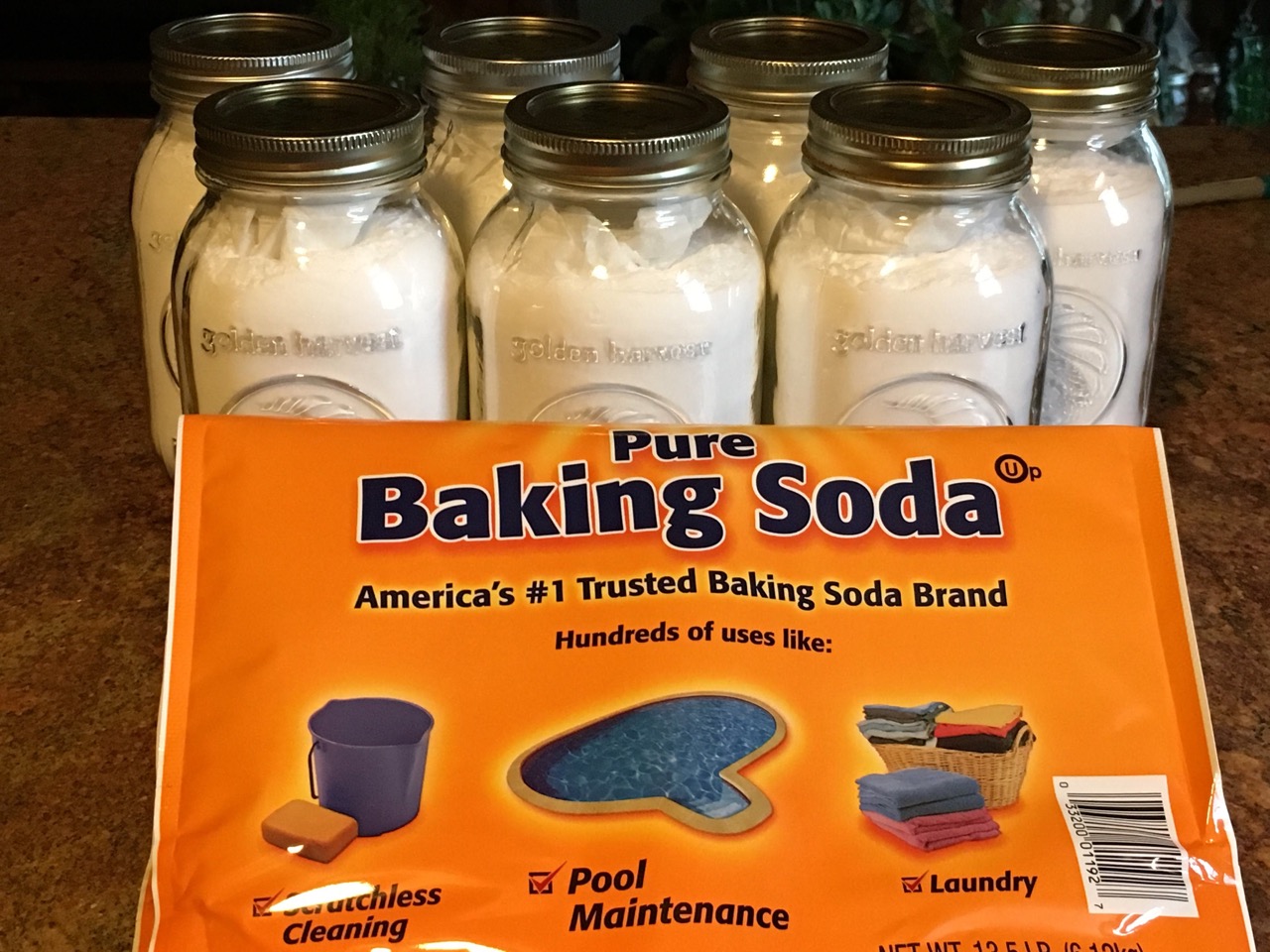
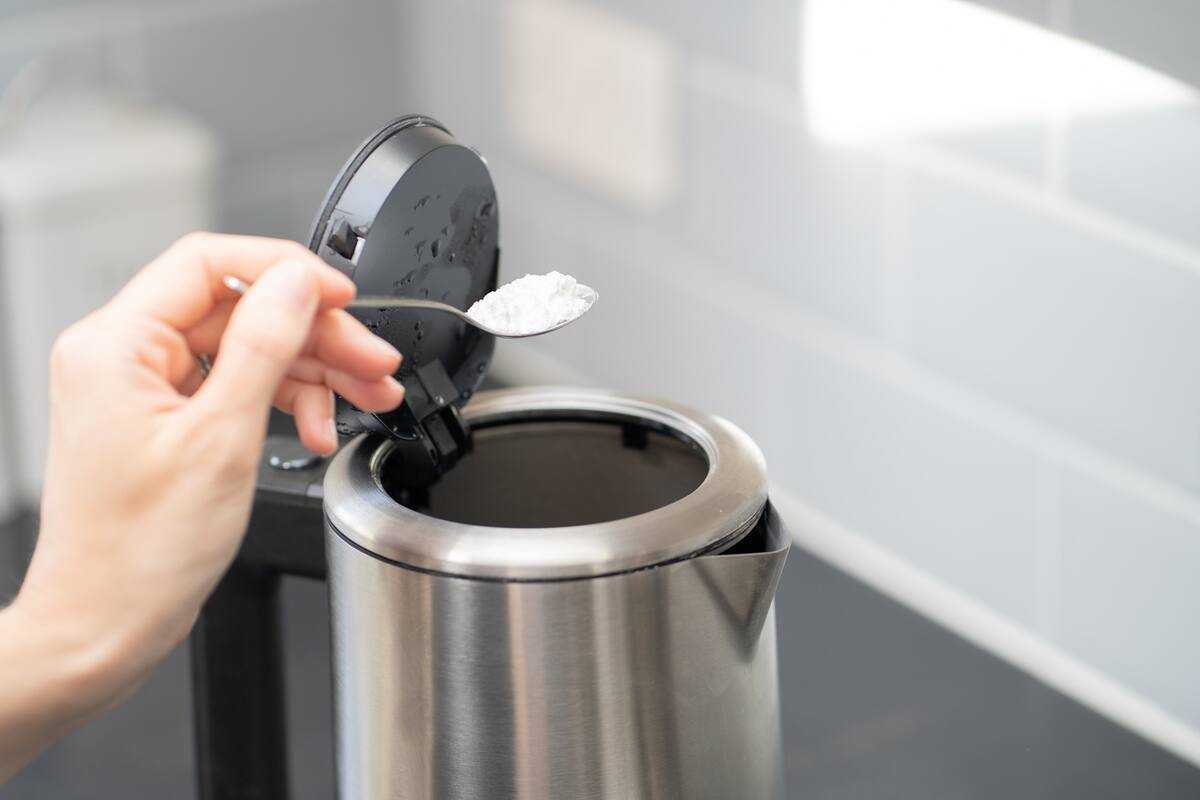
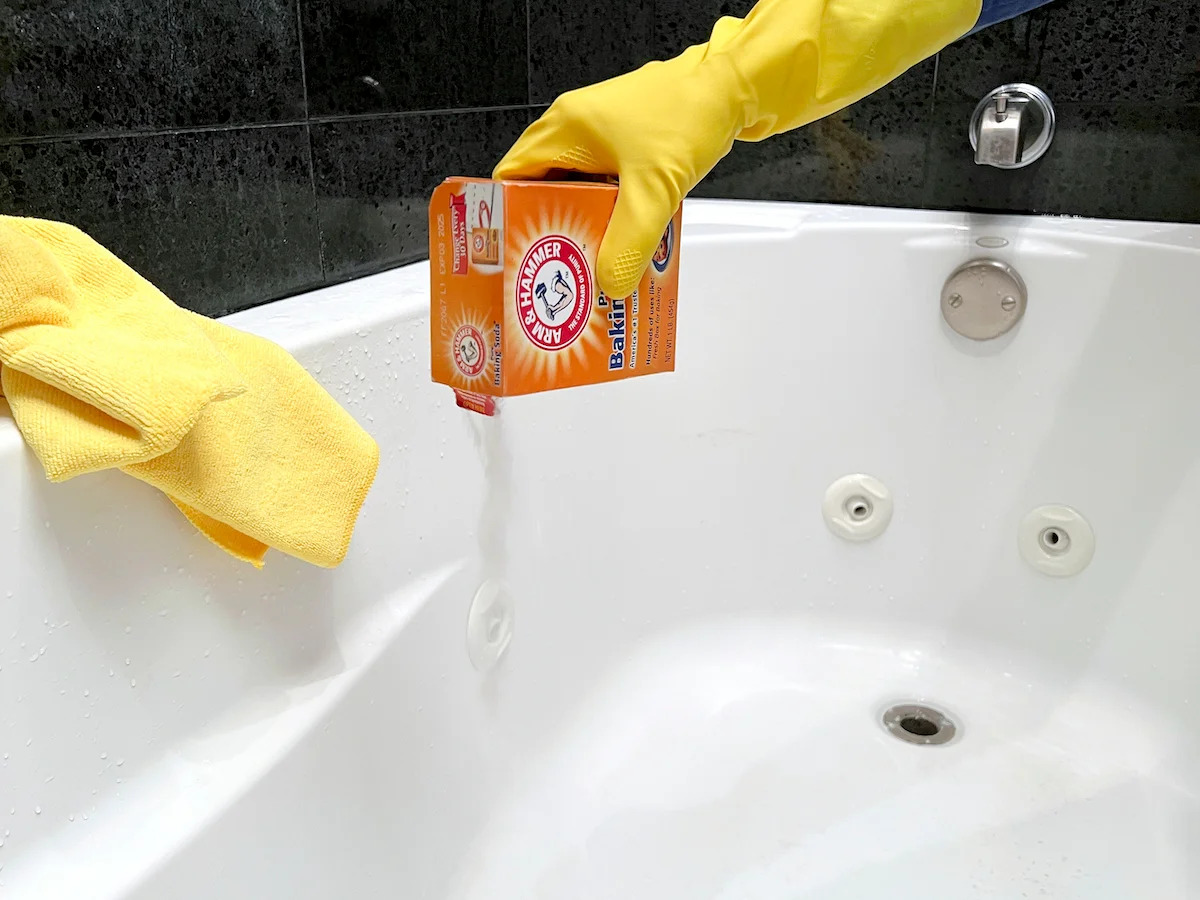
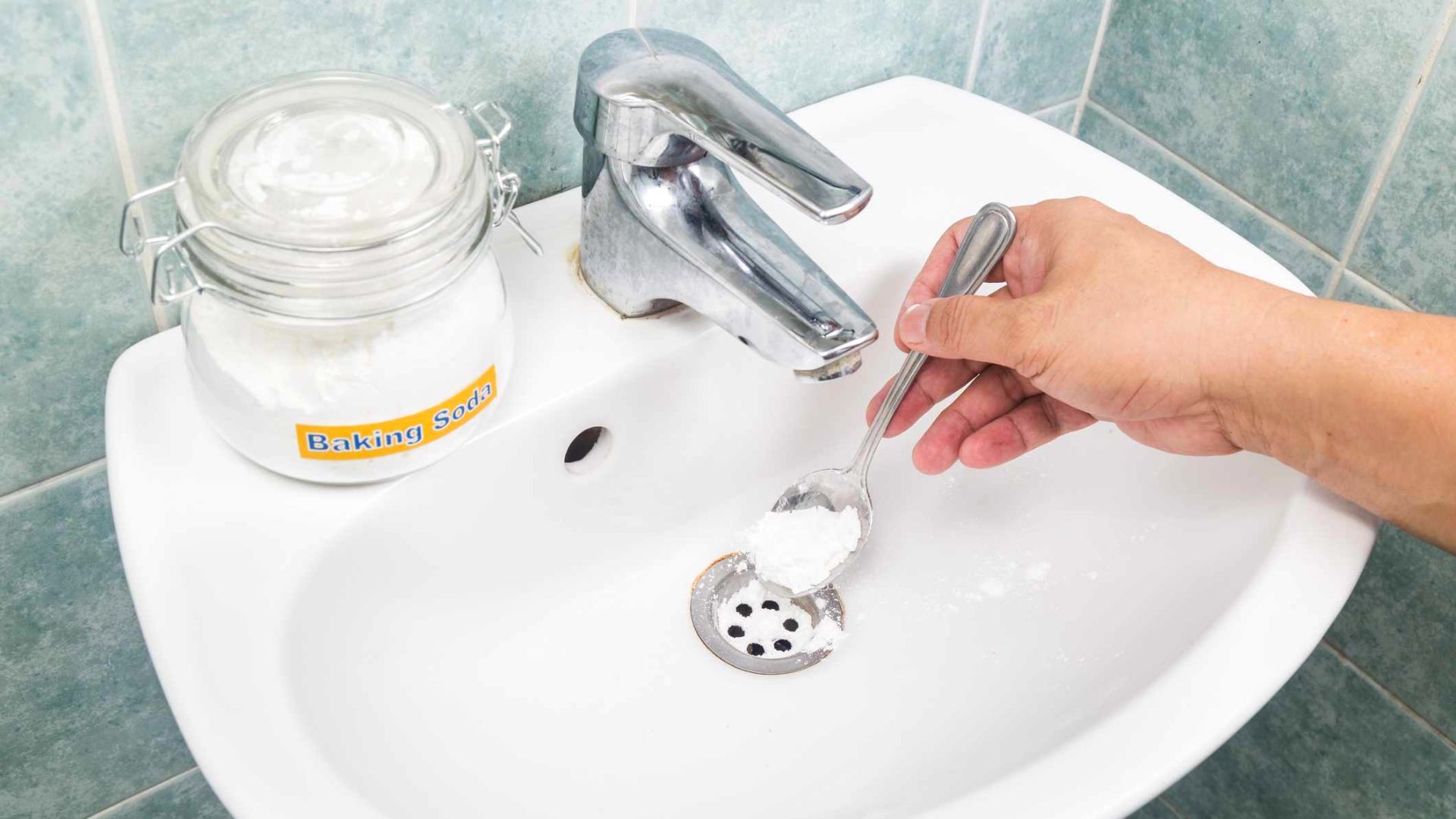
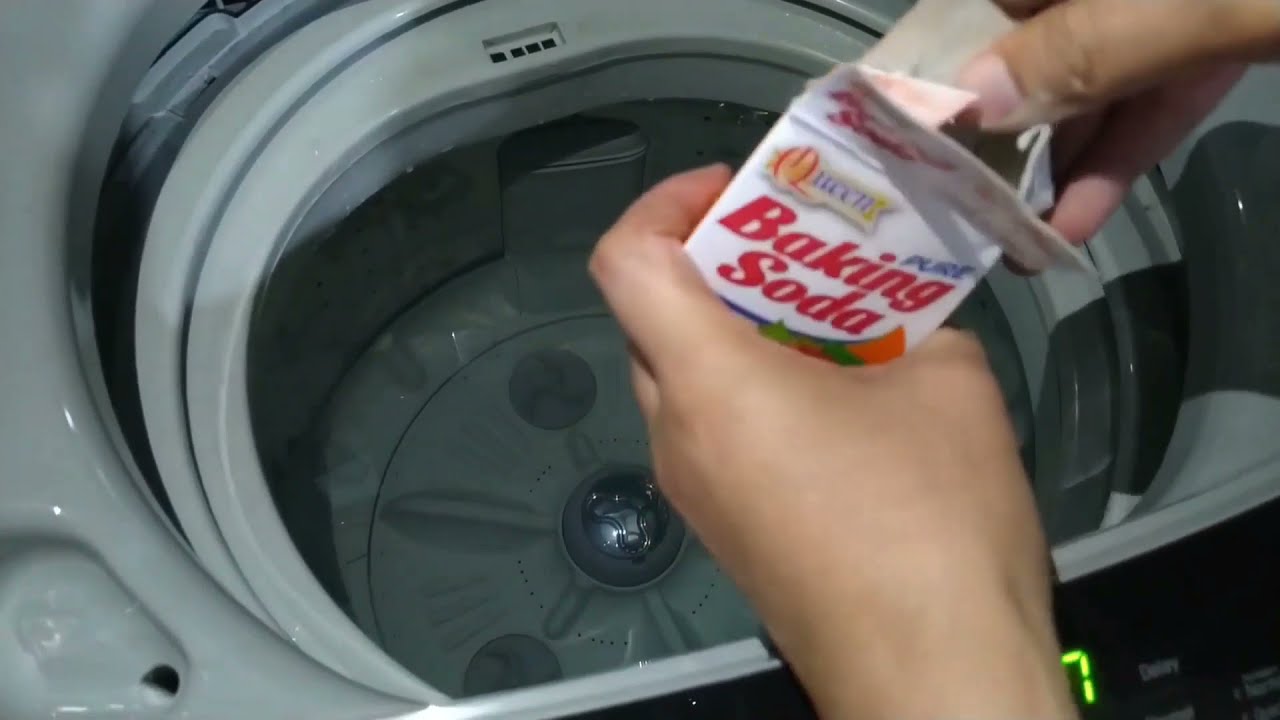
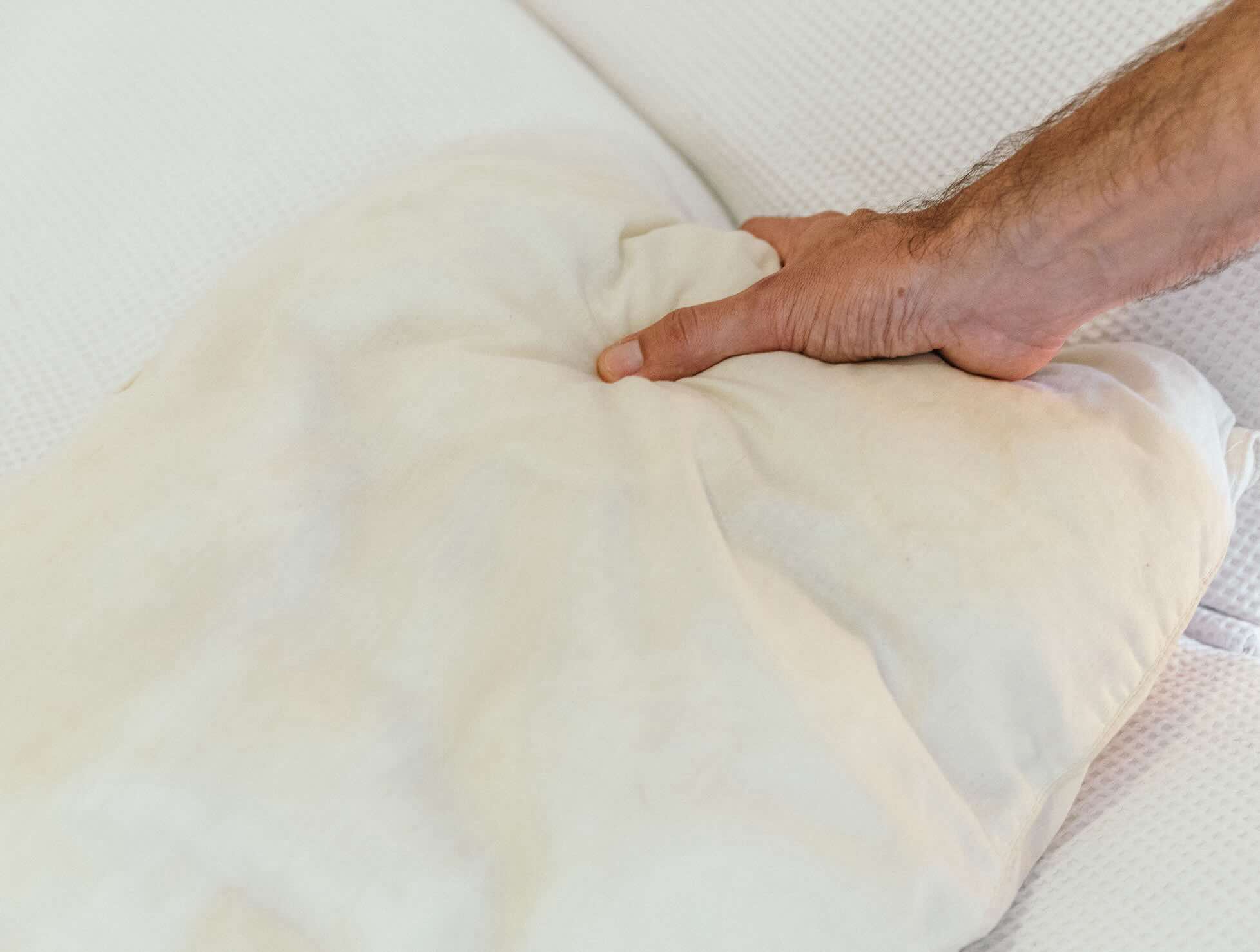
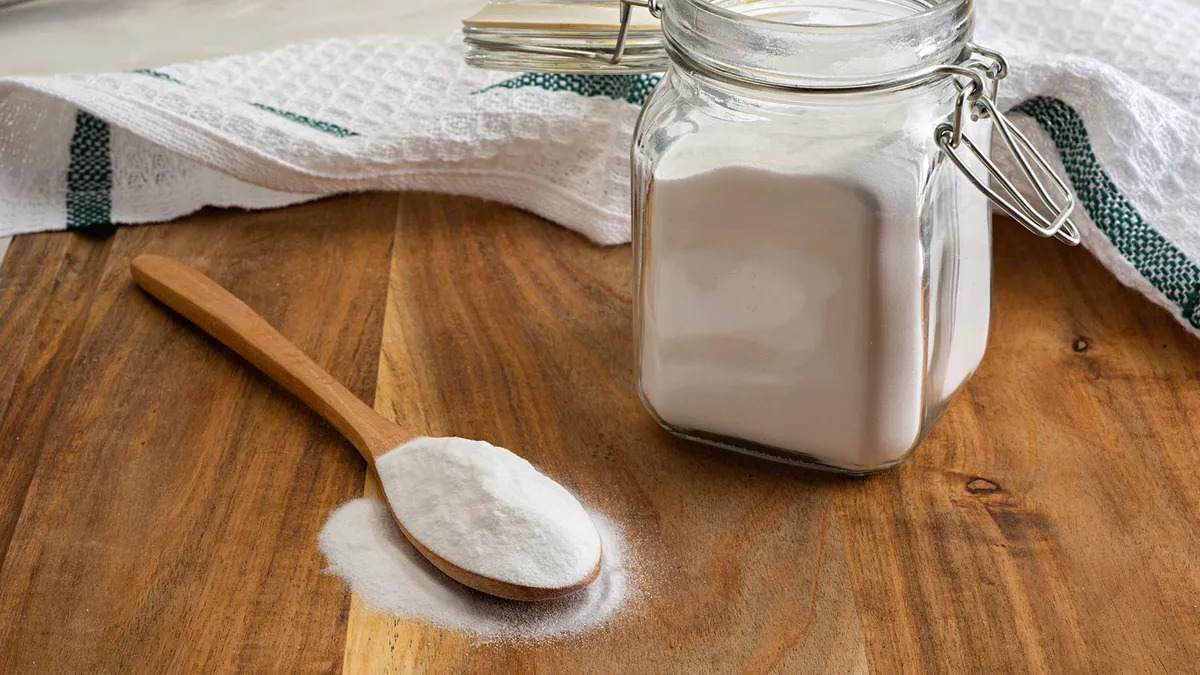
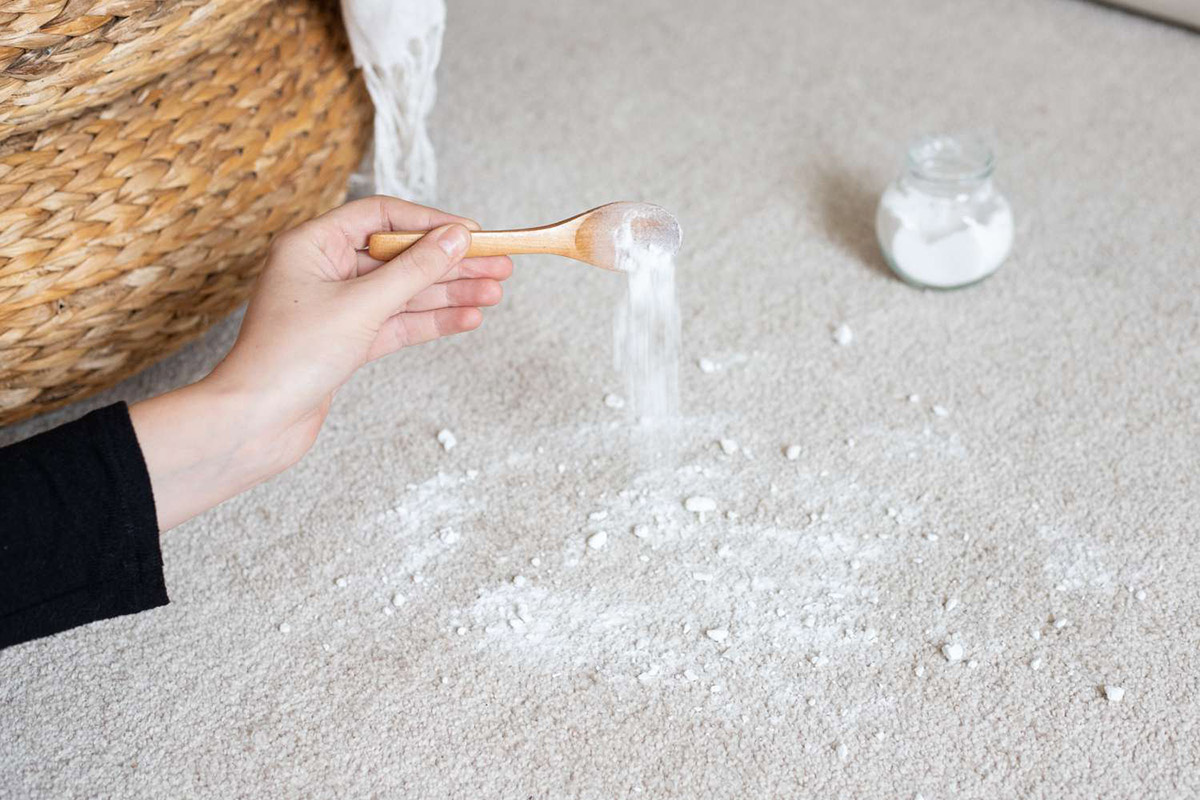
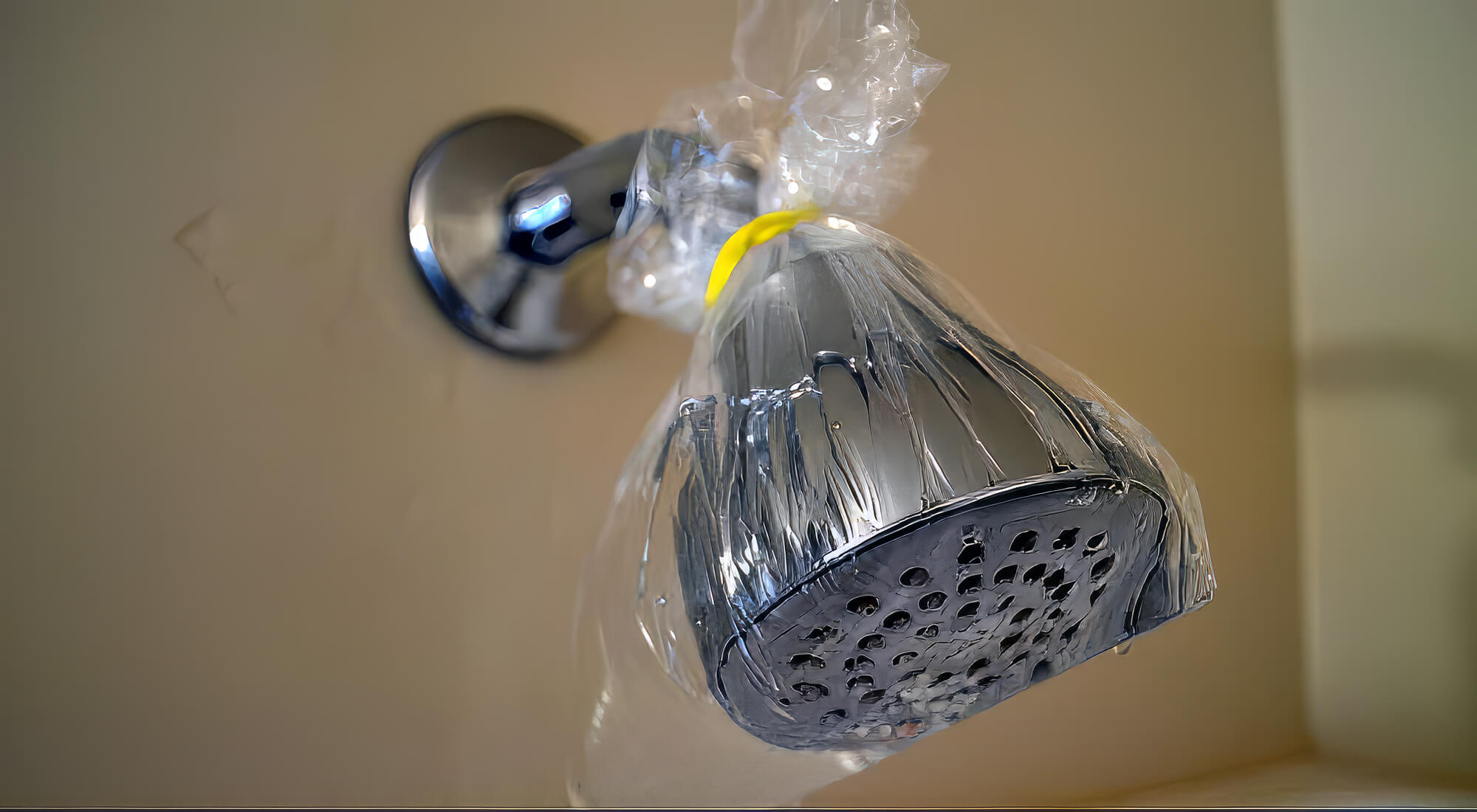
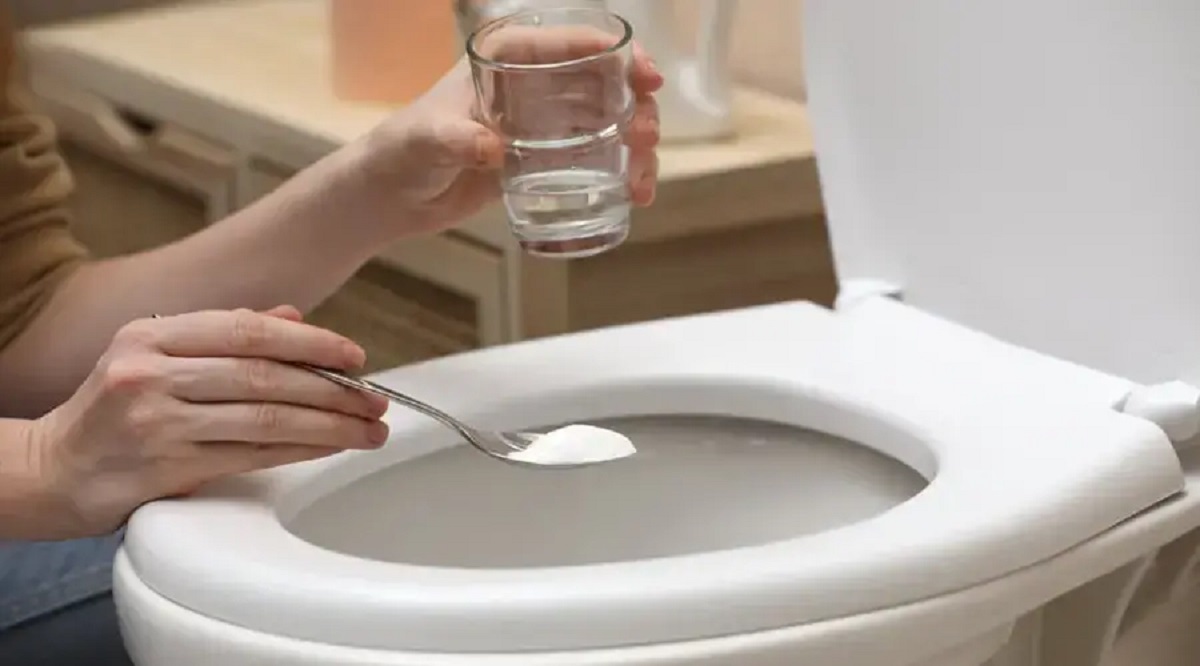
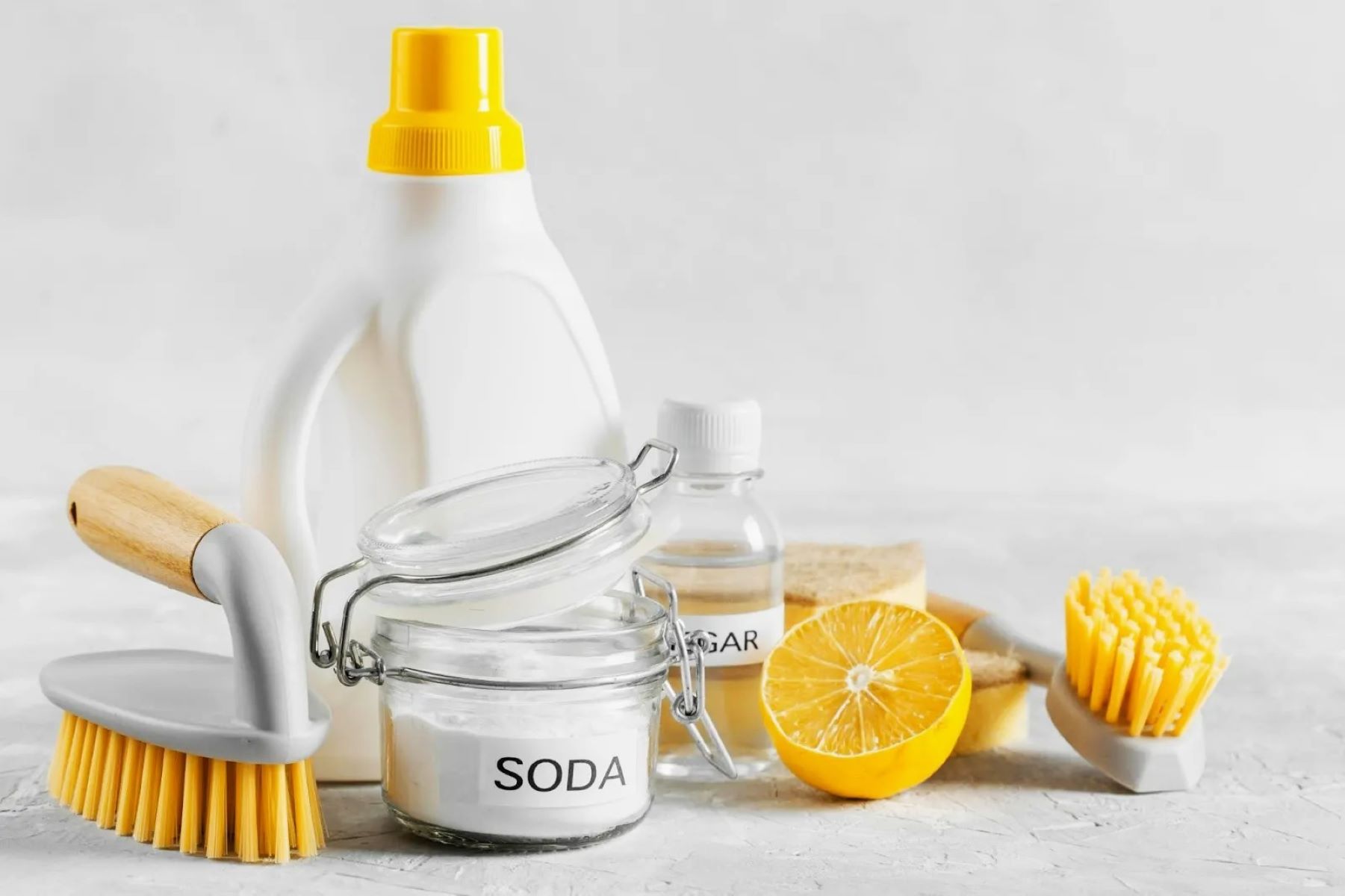
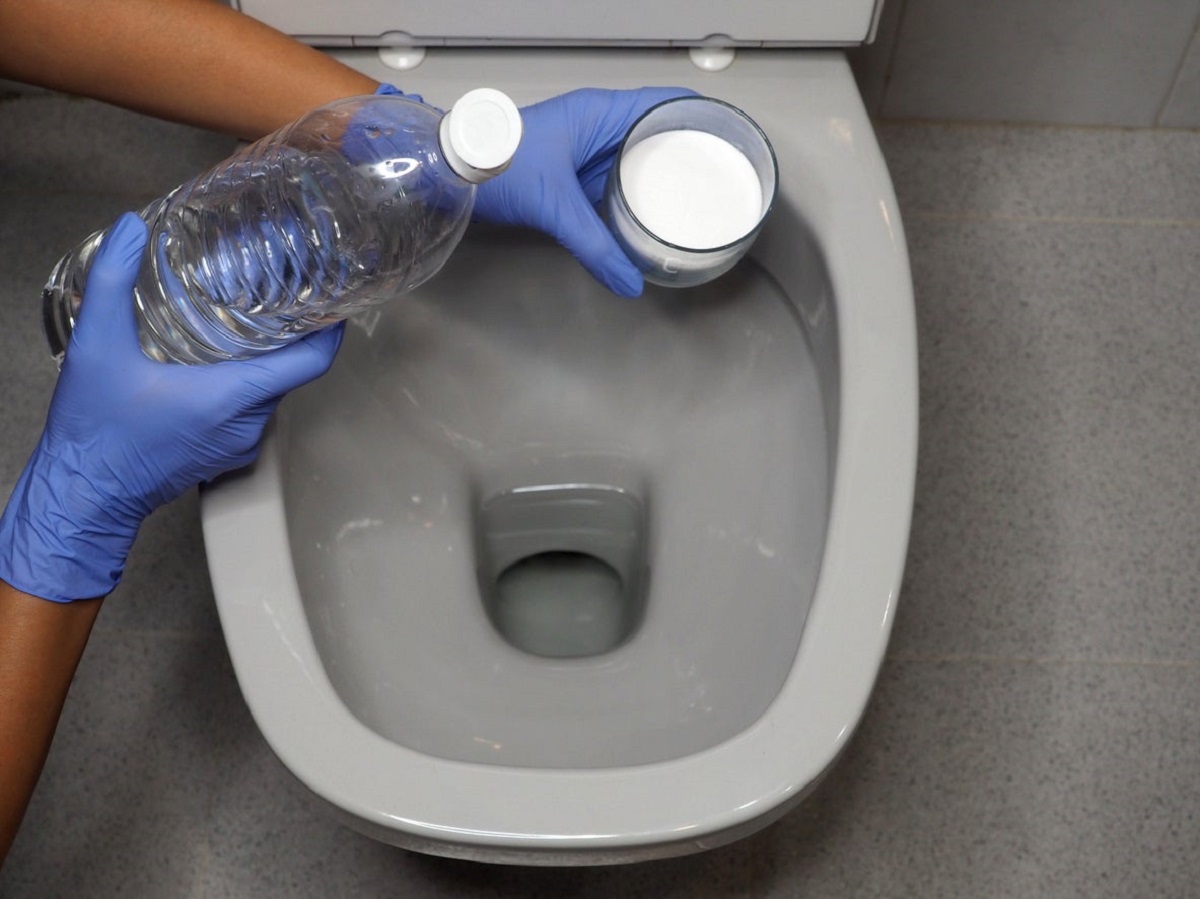
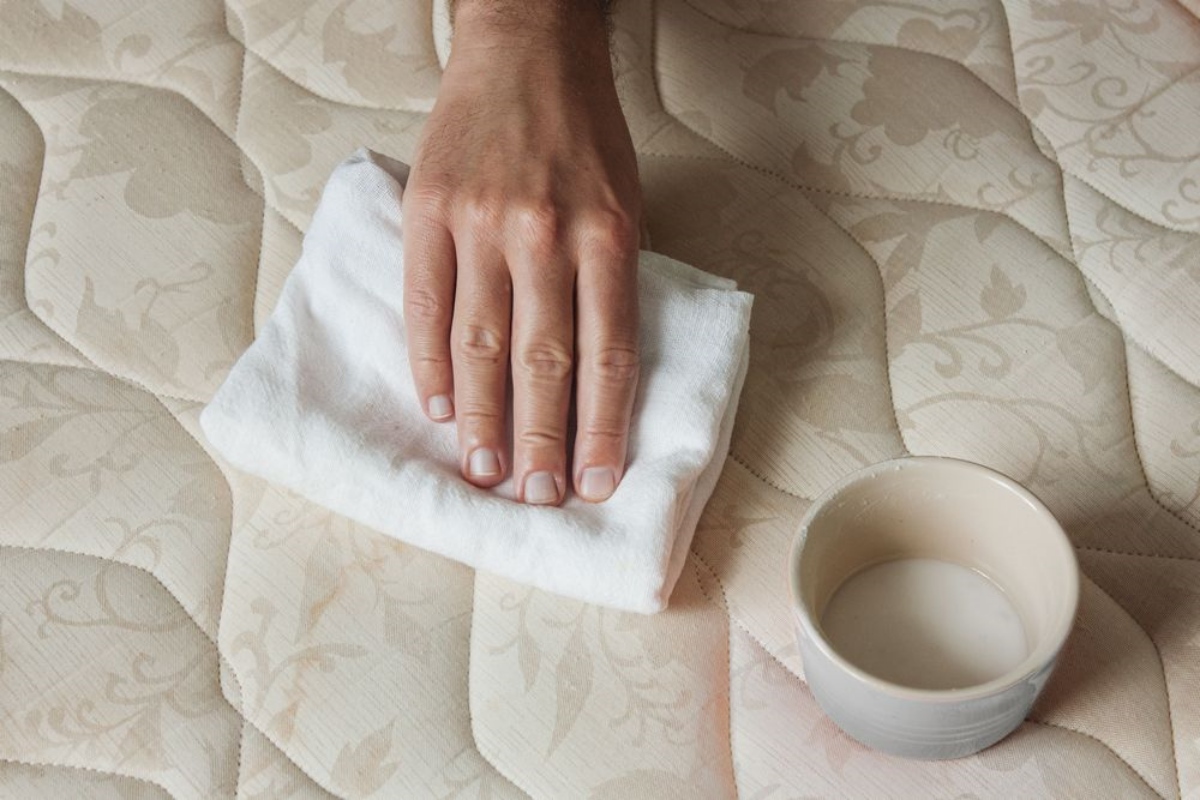
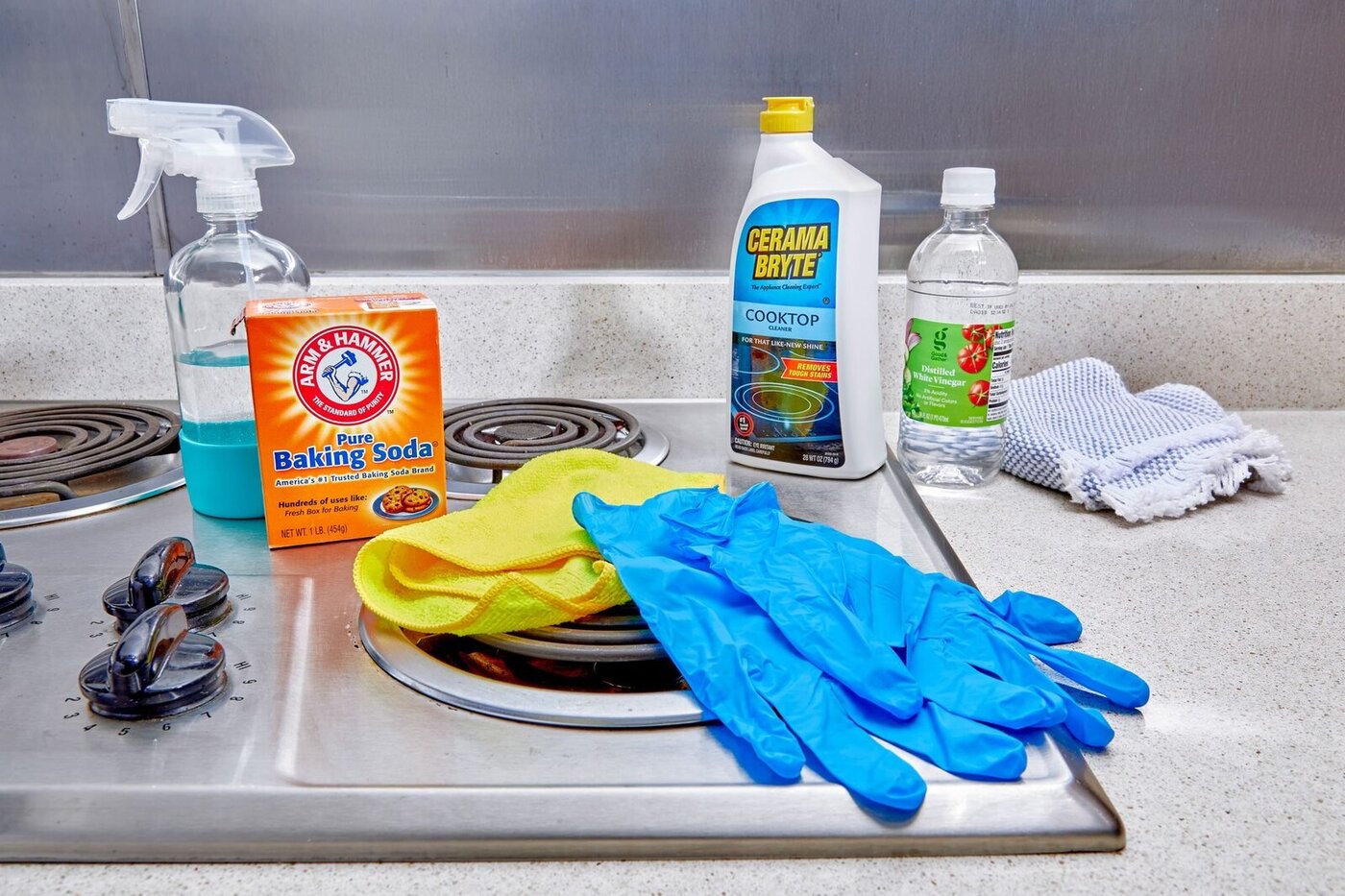

0 thoughts on “How To Store Opened Baking Soda”